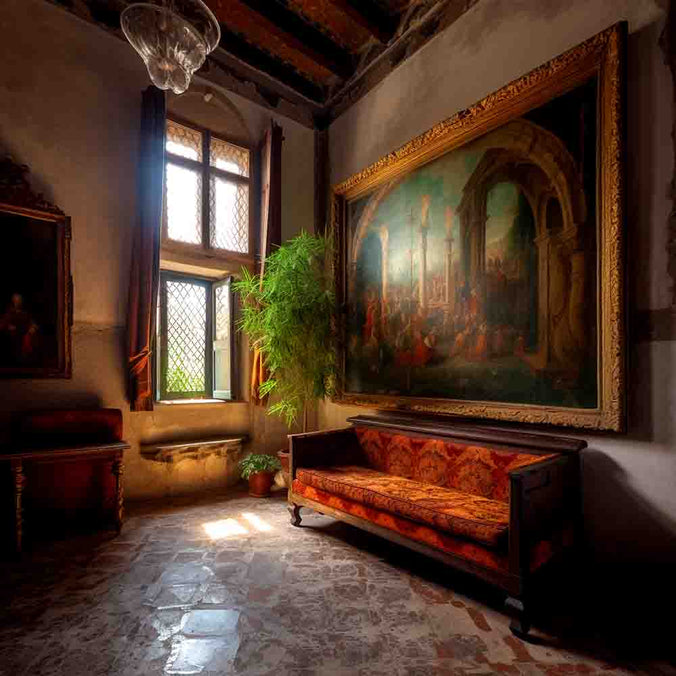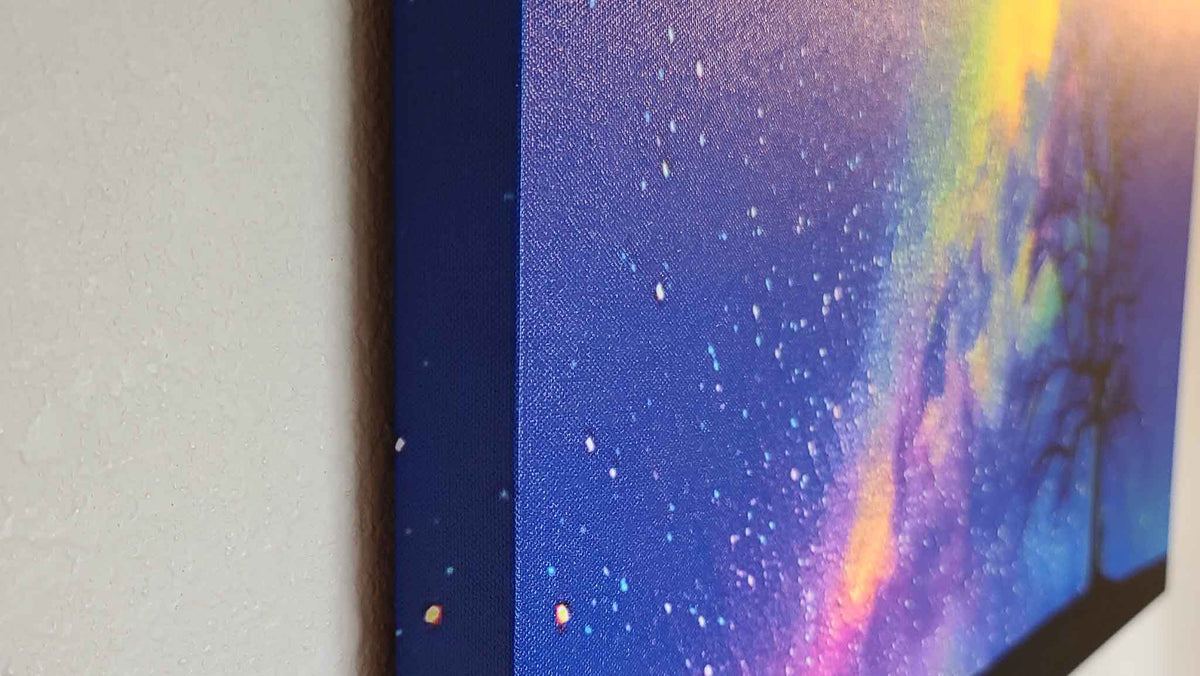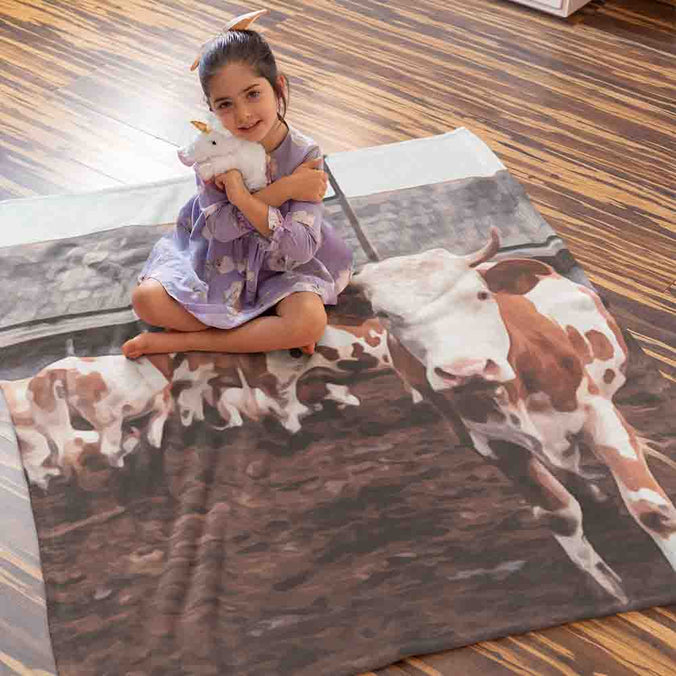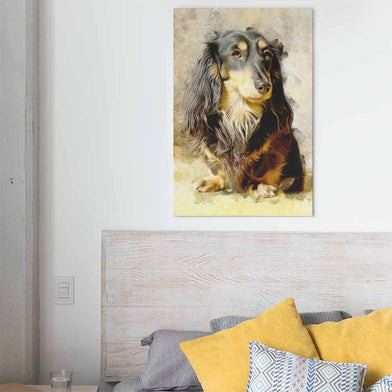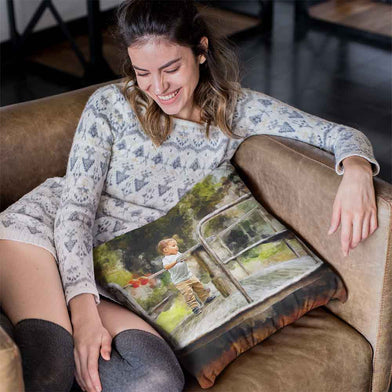What is Contemporary Art?

What is Contemporary Art?
Contemporary art is an ever-evolving artistic expression reflecting societal complexities and issues. Emerging during the 1960s and 1970s, it encompasses a wide range of styles and mediums, challenging traditional art forms and often existing outside traditional art spaces. Famous contemporary artists like Damien Hirst and Banksy create thought-provoking works that explore various themes. Incorporating contemporary art into home décor adds a unique touch and bold statement while investing in it offers long-term appreciation potential. As society and technology evolve, contemporary art will continue to push artistic boundaries, provoking thought and inspiring future generations.
What does contemporary mean in art?
Contemporary art challenges the idea that art is an object, a commodity, or something to be bought and sold. It is not necessarily uniform or recognizable as art but is important to society for various reasons. Contemporary art can express a person's identity, make a statement about a culture, or provide social commentary.
Contemporary art is a category that encompasses a wide range of styles and genres. Artists in this category push the boundaries of what constitutes art and strive to provoke different emotions in viewers. It may not reflect the views of an institution but challenges our idea of what art is and what it can be.
The origins of the contemporary art movement
The contemporary art movement began during the 1960s and 1970s as a radical change from the formal and traditional approach to art. The arrival of pop art, minimalism, conceptual art, and performance art changed the way people viewed art. As a result, contemporary art has come to encompass a wide range of styles and often exists outside traditional art spaces.
Famous contemporary artists

Contemporary art is a wide and growing field, with new artists emerging every day. Some well-known contemporary artists include Damien Hirst, known for his works revolving around death, and Banksy, whose works incorporate media, commerce, and celebrity culture to create art pieces that highlight contradictions in society.
How to create contemporary art
Contemporary art covers a range of techniques and aims to push boundaries and create new ways of thinking about the world. The subject matter is crucial, shaping how the work is perceived and interpreted. Contemporary art is a subset of modern art that incorporates technological advances and embraces various media such as installations, video art, photography, and painting.
Different types of contemporary art
There are many different types of contemporary art, from large-scale paintings to installation art, which creates immersive environments that change the viewer's perceptions. Many contemporary artists are highly experimental, using color in unusual ways and creating new textures and themes.
Modern contemporary art
Modern contemporary art is a broad term that encompasses many different styles and mediums. It includes a variety of artists from around the world who respond to the changing world we live in and embrace innovation and experimentation. While the financial aspect of art can be contentious, the value of a piece is based on several factors: the artist's reputation, the work's art-historical value, and the potential return on investment.
Incorporating contemporary art into your home décor
Adding contemporary art to your home can enhance your décor and make a statement. When choosing artwork, consider the theme you are aiming for and whether the piece will fit with your existing décor. Contemporary art can be bold and busy, or soft and fluid, but it's essential to choose artwork that you like and that matches the rest of your décor. Look for artwork that blends well with your existing décor or those that are neutral in color. Contemporary art is a great way to add character and personalize a space.
Choosing the right contemporary art for your space
When selecting contemporary art for your home, it's essential to consider the size, style, and color scheme of the space. You'll want the artwork to complement your interior design and contribute to the overall ambiance of the room.

Consider the following factors when making your choice:
- Room size and layout: Ensure that the artwork fits comfortably within the space and doesn't overpower the room. Large pieces work well in spacious areas, while smaller works can be displayed in more intimate settings.
- Color palette: Choose artwork that complements your existing color scheme or adds a bold accent to a neutral palette. This will help to create visual harmony and ensure that the piece enhances the room's overall design.
- Style and theme: Consider the style and theme of the artwork in relation to your home's interior design. A contemporary piece may work well in a modern or minimalist space but might not be the best fit for a traditional or classically-styled room.
Displaying contemporary art effectively
Once you have selected the perfect piece of contemporary art for your space, it's important to display it effectively.
Here are some tips for showcasing your artwork in the best possible light:
- Lighting: Proper lighting is essential for showcasing your artwork. Consider using adjustable track lighting, picture lights, or even floor lamps to illuminate your piece and make it stand out.
- Placement: Hang your artwork at eye level or slightly lower to create a more comfortable viewing experience. If you're displaying multiple pieces, arrange them in a cohesive and balanced manner, considering the size and shape of each piece.
- Framing: If your artwork requires a frame, choose one that complements the piece without overpowering it. A simple, minimalistic frame often works best with contemporary art.
Investing in contemporary art
Contemporary art can be a worthwhile investment if you approach it with the right mindset and do your research.
Here are some tips for those interested in investing in contemporary art:
- Educate yourself: Learn about the art market, different styles and artists, and attend gallery openings and art fairs to gain a better understanding of the contemporary art world.
- Start small: Begin by investing in smaller, more affordable pieces by emerging artists. This will allow you to get a feel for the market without investing a significant amount of money.
- Seek expert advice: Consult with art professionals, such as gallery owners, curators, and art advisors, to gain insights into the market and receive recommendations on potential investments.
- Be patient: Investing in contemporary art is a long-term endeavor, and it's essential to be patient and allow your investment to appreciate over time.
The future of contemporary art
As society continues to evolve, so too will contemporary art. With advances in technology and changes in global culture, artists will continue to explore new mediums and methods of expression, pushing the boundaries of what art can be. As a result, contemporary art will remain an exciting and dynamic field, with the potential to provoke thought, challenge norms, and inspire future generations.
Contemporary art is a versatile and ever-changing form of artistic expression that reflects the complexities and issues of our society. Incorporating contemporary art into your home décor can add a unique touch and make a bold statement while investing in contemporary art offers the potential for long-term appreciation. As the world continues to evolve, contemporary art will remain an essential aspect of our cultural landscape, providing insights into the human experience and pushing the boundaries of artistic expression.
Leave A Reply
Your email address will not be published. Required fields are marked *

